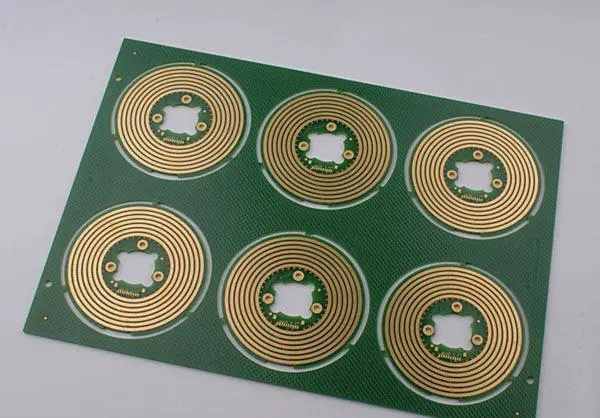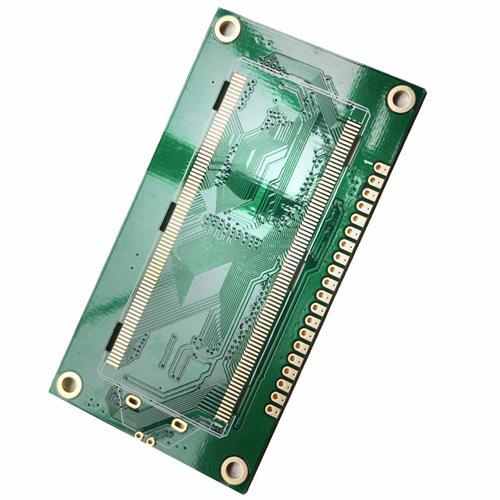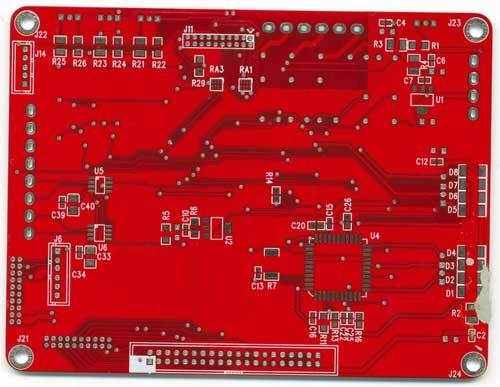
PCB Design Criteria for Designing Solar Embedded Systems
I took the same cautious approach when designing solar embedded systems for outdoor applications. It is completely different from the embedded system using regulated power supply. As usual, I learned to be cautious, because my first solar prototype didn't even run out in rainy days.
There are many aspects to consider and plan to ensure that your solar embedded system can continue to work for several days without sunlight.
Variables to consider when designing solar embedded systems
1. Solar panel
Needless to say, solar panels are the most critical part of the solar system. Single crystals are the preferred choice for solar panels because they are more effective than polycrystals or thin films and perform well in hot weather. Some panels can convert up to 22% of sunlight into electricity. Having said that, the energy efficiency of single crystals and polycrystals may vary from supplier to supplier, so it is better to confirm these details in advance. PCB assembly and PCB processing manufacturers explain PCB design criteria for designing solar embedded systems.
2. Battery capacity
For solar embedded systems, an important parameter is the duration of the system when the efficiency of the solar panel drops to 0%. Environmental factors may cause your solar panels to not receive any sunlight for days or weeks. You will need a battery with sufficient capacity, and you will also need to ensure that the charging rate of the solar panel is higher than the usage rate of the battery. If it takes 5 hours to charge the battery and only takes 2 hours to drain it, the efficiency is not very high.

3. Sunshine
To some extent, solar technology is very simple. Without sunlight, there would be no electricity. However, it is not necessary to have 8 hours of sunlight, which means your solar panel can effectively generate electricity for 8 hours. There is also a term called "peak sunshine time", in which the sun is highest in the sky and the solar panel is at its highest energy efficiency. Knowing this variable and calculating your peak sunshine hours is a good thing.
4. Clogging and dust
There was a time when one of our solar open parking machines had no electricity. After several hours of inspection, we found that each hardware was installed under the tree, and the shadow covered part of the solar panel. If a small part of the solar panel is covered with dust, shadow or fallen leaves, its efficiency will be greatly reduced. This is why it is best to plan your solar design guide for the location to be used.
5. Power enhancement module
Modules that use a lot of power will make your battery run faster. However, some applications require power consuming modules, such as thermal printers, WiFi or GSM modules. In this case, it is necessary to understand and predict the power usage of the module so that you can budget the capacity of the solar panels and batteries. For example, the system may only need to activate the GSM module twice a day to transmit information to the data center. Correctly estimating the estimated size and transmission speed of the data will provide a number indicating how much power will be consumed during transmission.
6. Firmware architecture
Although firmware programmers can push microcontrollers to the limit of non solar applications, solar energy makes the process more subtle. Take some time to get the correct firmware structure. It allows your solar embedded system to last for weeks rather than days in cloudy weather. The best way to develop solar system firmware is to put it into deep sleep mode when the microcontroller is not used. The microcontroller will wake up from the deep sleep mode only through the selected interrupt or scheduled timer.
7. Power saving hardware design
When designing hardware for solar embedded systems, idle current must be minimized. In a non solar powered system, saving 1mA of current may be negligible, but in a solar powered system, the working time can be extended in cloudy days. A good strategy is to provide a separate power channel for the logic controlled by the microcontroller and the peripheral IC. Regardless of the operating mode of the microcontroller, this can eliminate unnecessary power consumption when the system is not in use.
The best solar embedded systems consume the least power when idle.
Why you need to analyze your transmission network
When you are trapped in the desert, you will realize how precious the precious water is, especially when you are about to fall to the last drop of water. The same principle applies to the power efficiency of solar embedded systems. Power transmission network, analysis enables you to evaluate whether the copper wiring on the PCB is sufficient to effectively transmit power to the load. You will want to avoid narrow spaces or small vias between copper planes. This will cause resistance loss and generate unnecessary heat. You can avoid this potential waste of power at the design stage, so if your software provides this feature, it's worth taking advantage of it. PCB assembly and PCB processing manufacturers explain PCB design criteria for designing solar embedded systems.







